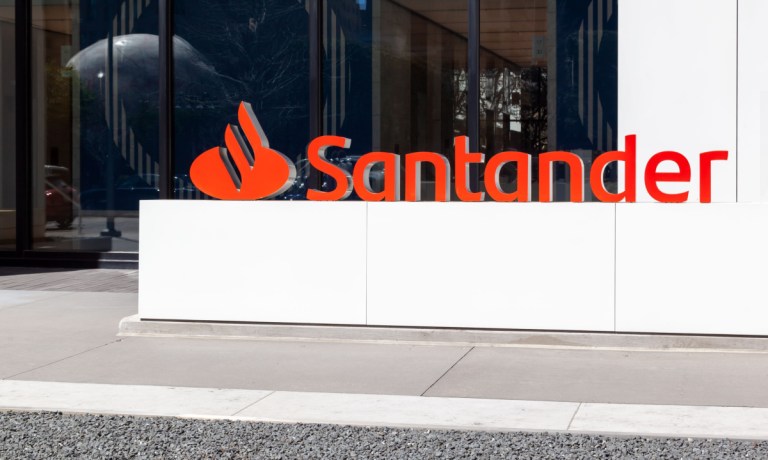Santander Intros Overdraft-Free Checking Accounts

Santander has introduced a checking account designed to help customers avoid overdrafts.
The bank’s Essential Checking account, announced Thursday (Nov. 16), lets consumers spend what they have without the risk of overdrafting or being charged associates fees.
Santander said in a news release that the account does this by “eliminating overdrafts and including a $4 monthly fee that is automatically waived if any owner on the account is under 26 years of age or at least 65 years of age.”
In addition, Santander has also added new benefits to its Simply Right checking and the Santander savings account, aimed at account owners under 26. This includes a waived monthly fee, a reduced cash withdrawal fee of $2 at domestic non-Santander ATMs and no incoming wires fee for the checking account and a waived monthly fee and $0 cash withdrawal fee at domestic non-Santander ATMs for the savings account.
The rollout is happening at a time when 20% of consumers report using overdrafts due to insufficient funds in their bank accounts, with almost half of credit marginalized consumers experiencing this situation.
According to the data from a PYMNTS Intelligence and Sezzle joint study, 62% of consumers who attempted transactions with insufficient funds incurred some sort of overdraft fees.
More to the point, 45% of these consumers were charged a fixed fee, while 27% were charged a percentage of the transaction amount. In addition, some consumers had to deal with a combination of both a flat fee and a percentage-based charge.
“Across demographic groups, millennials and bridge millennials were found to have attempted more transactions without sufficient funds than any other age cohort in the past year, at 37% and 34% respectively,” PYMNTS wrote last month.
“Generation Z — the demographic cohort after the millennials — comes up next, with about 16% of them making transaction attempts without sufficient funds in the past 12 months. Boomers, on the other hand, were the least to have made such attempts in the past year, at only 7%.”
In terms of income levels, consumers earning more than $100,000 annually were the most likely to have attempted more transactions without sufficient funds in the past year (nearly 25%), compared to consumers making less than $50,000.
“Despite the financial flexibility overdrafts give some consumers, their use is nearly synonymous with financial difficulties,” PYMNTS noted in a separate report in September. “Ninety percent of consumers who experienced overdrafts faced further hardship, as did 84% of consumers whose transactions declined. Furthermore, nearly two-thirds of overdrafts led to broader credit accessibility issues.”